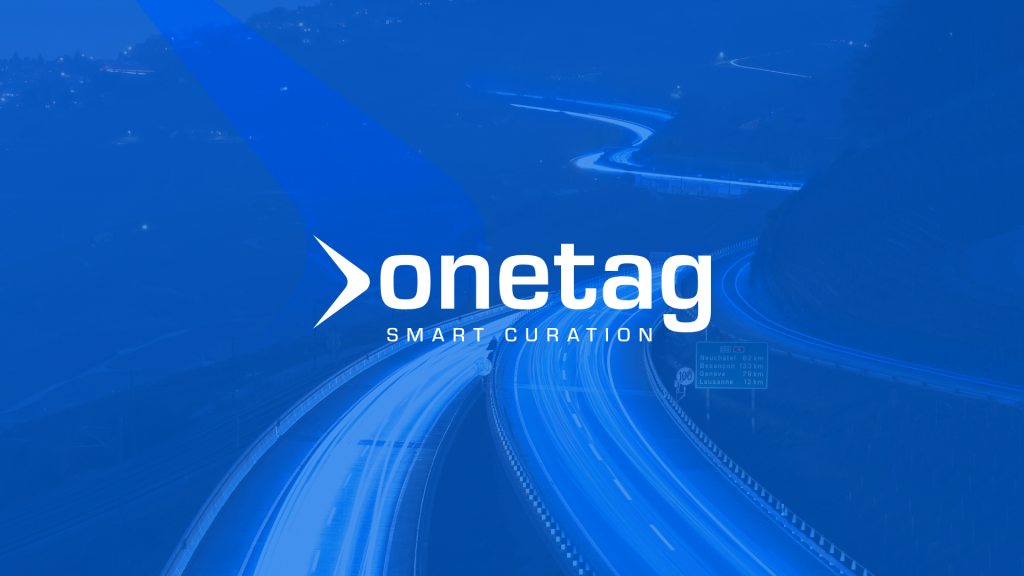By Keith Arrowsmith, Marketing Director, Onetag
In ad tech, it’s common to hear “exchange” and “SSP” used interchangeably. But while both operate on the sell side of the programmatic ecosystem, they aren’t the same — and as buyer expectations evolve and curation becomes central to media quality and performance, the difference matters more than ever.
Choosing an exchange over a legacy SSP means opting for infrastructure that drives outcomes, and knowing which platforms are positioned to do more than pass impressions through the system.
What is an SSP?
A Supply-Side Platform (SSP) was originally built to help publishers manage, optimize, and sell their inventory across multiple demand sources. The primary focus was yield: making sure as many impressions as possible were filled at the best possible price.
But many SSPs today still operate more like pipes than platforms. They connect inventory to demand, but they don’t actively shape or score that supply. Bidstream data is often passed along without enrichment. There’s limited filtering, minimal optimization, and little alignment with specific buyer KPIs.
That’s a problem when performance is the goal.
What is an exchange?
An exchange, in contrast, is built for real-time buying and selling at massive scale. It functions as a programmatic marketplace where demand and supply are matched dynamically and instantly. The difference between the best exchanges and the best SSPs is that the latter hosts auctions, and the former optimizes them.
Modern exchanges are equipped to process trillions of impressions with intelligent, bid-level decisioning. They evaluate each impression using multiple signals — including placement-level metadata, attention metrics, and contextual data — before passing it downstream.
This real-time intelligence is what makes an exchange capable of powering Smart Curation. And it’s what separates infrastructure that delivers outcomes from infrastructure that simply delivers impressions.
Why cloud architecture makes the difference
Under the hood, most legacy SSPs still rely on inefficient architecture. Many outsource key functions to general-purpose public clouds, limiting what can be done in real time. That means fewer impressions can be analyzed, fewer signals can be applied, and fewer decisions can be made before a bid is placed.
Onetag takes a different approach. Our global exchange runs on a super-efficient, cloud-native infrastructure built specifically for programmatic workloads. This efficiency enables us to process over 170 billion auctions daily (for context, this is 200 times the global volume of VISA transactions), analyzing more data at the ad placement level in real time and running more complex optimization models than traditional SSPs. This also makes our exchange vastly more sustainable than traditional SSPs: data we received from emissions measurement partner, Cedara, found that our curated exchange emits 94% less CO2 per impression than the programmatic average.
This efficiency translates directly into superior performance:
- Less waste in the bidstream
- More relevant impressions passed to DSPs
- Higher win rates and stronger results for buyers
- More value unlocked for publishers
- Faster campaign decisioning and outcomes
Why this matters for curation
Curation has become one of the most important trends in programmatic. But like the SSP vs exchange distinction, the term is often misunderstood.
Some see curation as bundling inventory, a PMP by a different name, or a repackaged deal ID. At Onetag, we practice Smart Curation: the intelligent selection, filtering, and packaging of impressions before they hit the bidstream, using real-time AI and platform-native decisioning to align supply with buyer goals.
Only a true exchange, with the right infrastructure, can support that.
At Onetag, our Smart Curation Platform is vertically integrated with our exchange. That means we don’t rely on other platforms to do the work. We shape traffic directly, filtering impressions based on attention, context, and performance potential. We let buyers build, activate, and optimize Smart Deals through a simple UI with no added cost or complexity.
What it means for buyers and publishers
For buyers, choosing a partner with true exchange capabilities means faster access to higher-quality impressions. This leads to less waste, better ROI, and a clearer connection between spend and outcomes.
For publishers, it means more demand for high quality placements, more inclusion in performance-driven deals, and a stronger foundation for monetization as the industry shifts toward smarter supply paths.
Infrastructure matters
As programmatic evolves, the platforms that power it need to evolve too.
At Onetag, we have built a next-gen exchange with a decade of traffic-shaping expertise, designed to serve both sides of the ecosystem with buy-side intelligence, sell-side decisioning, and cloud-native efficiency.
Curation is only as smart as the infrastructure behind it. Choose a platform that was built for the future. Contact us today to learn more.
Originally Published on: LinkedIn



